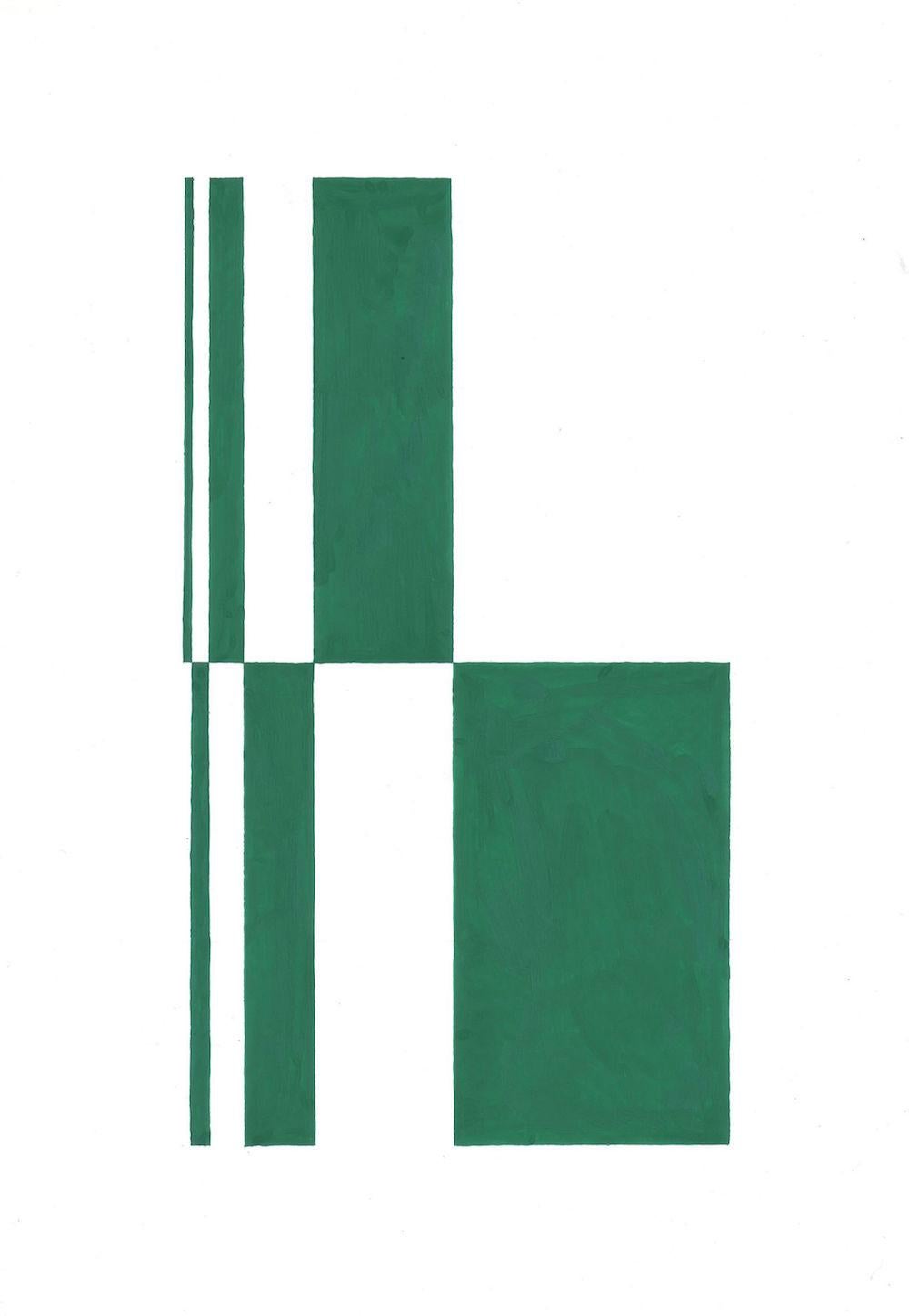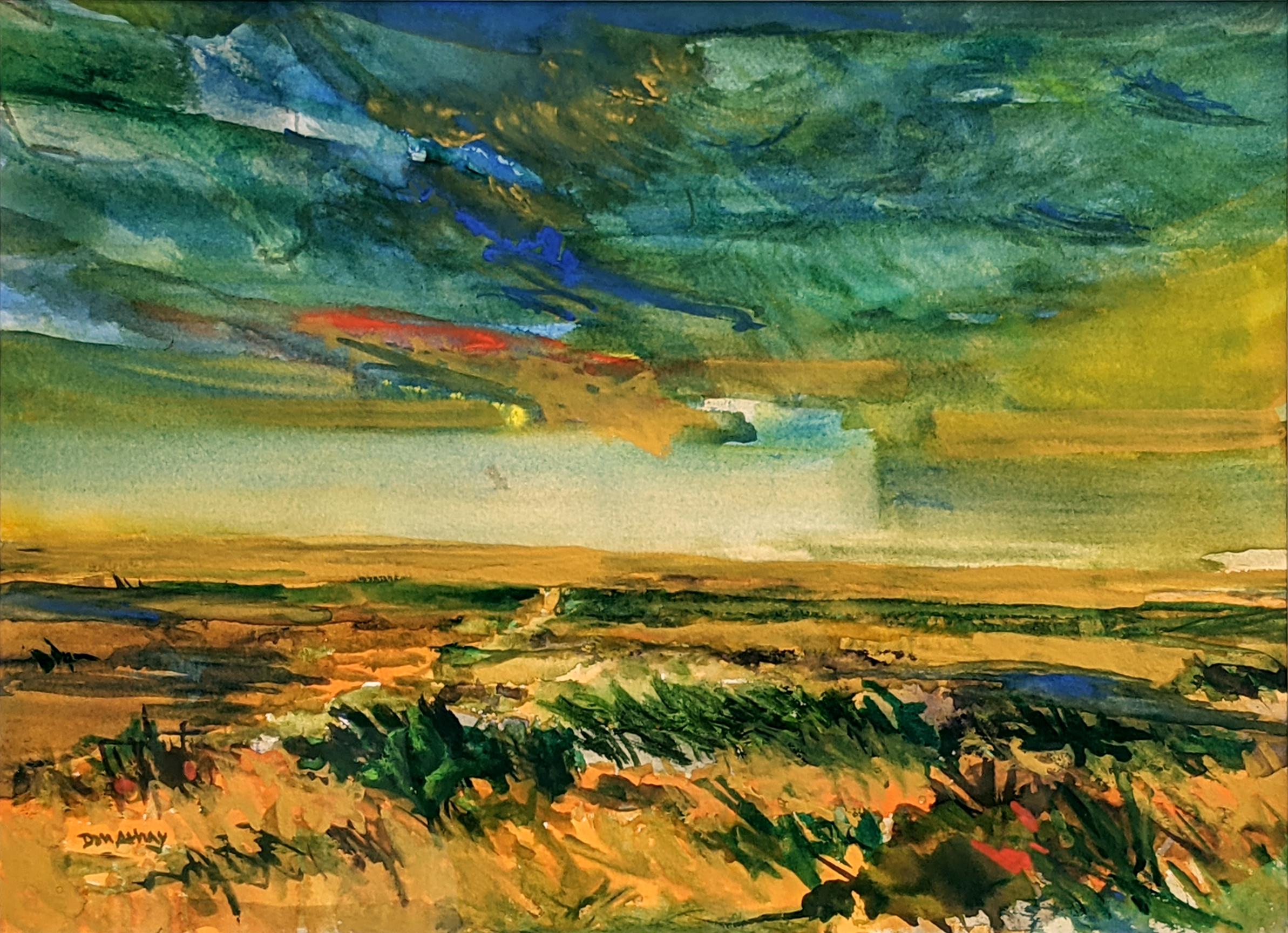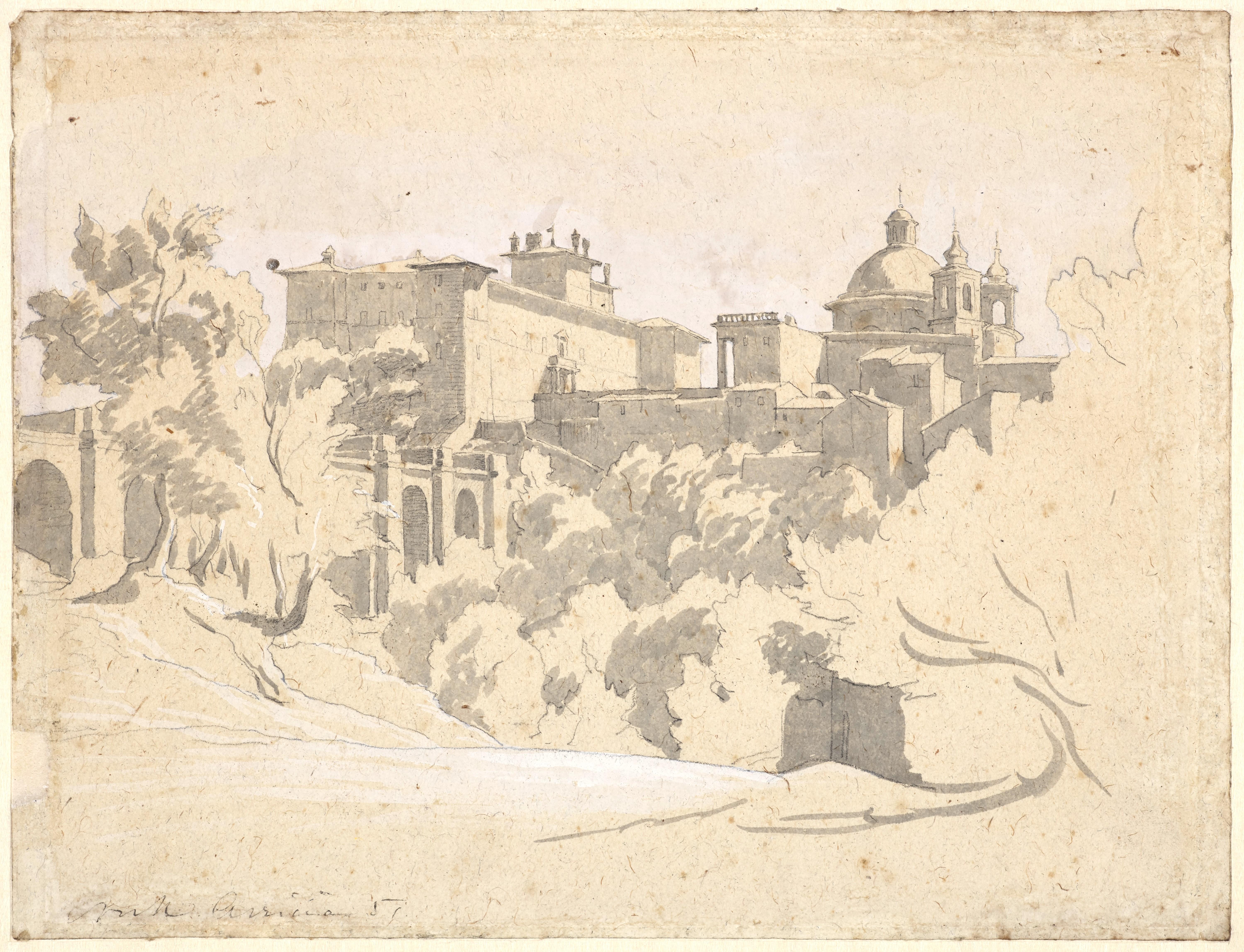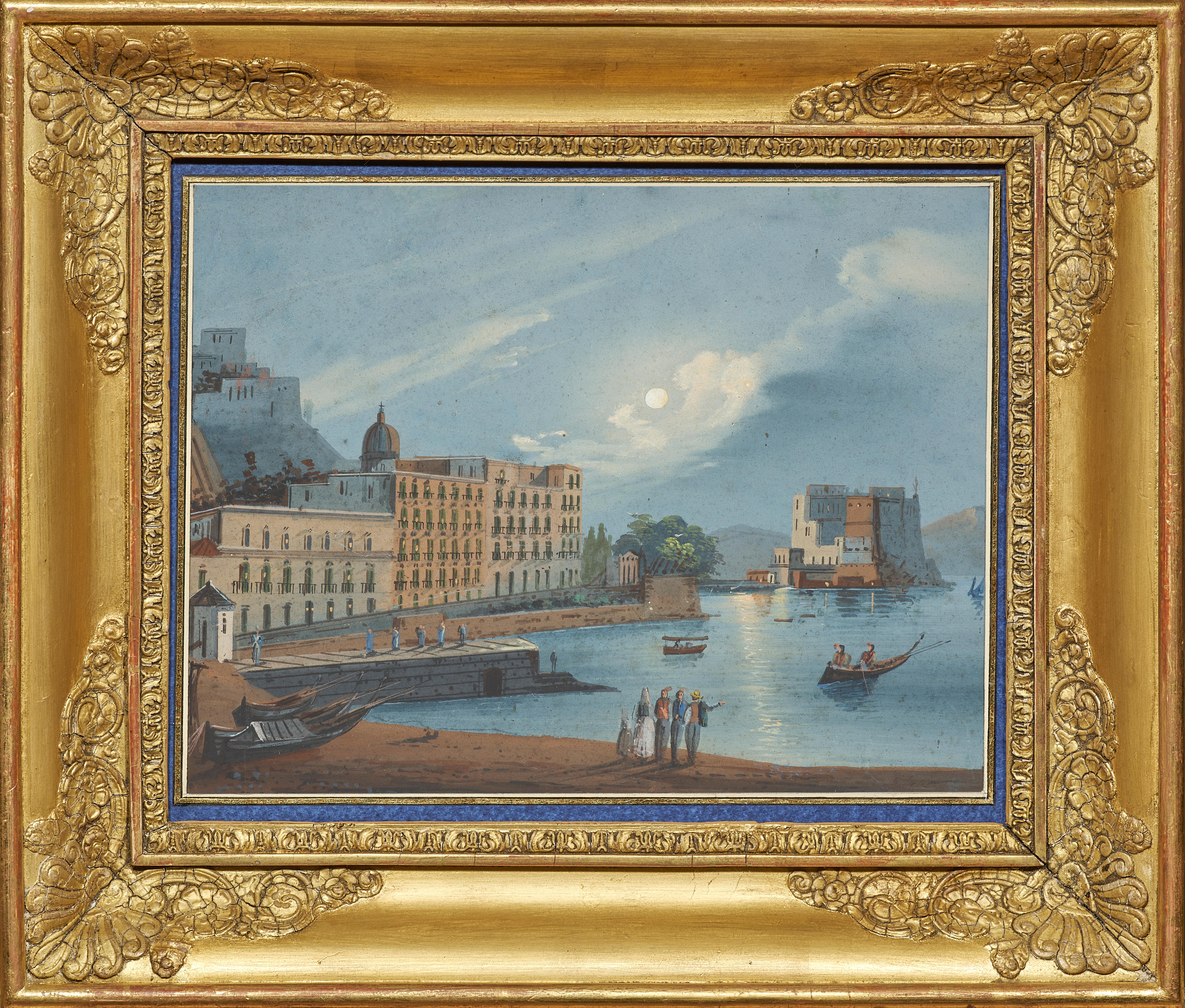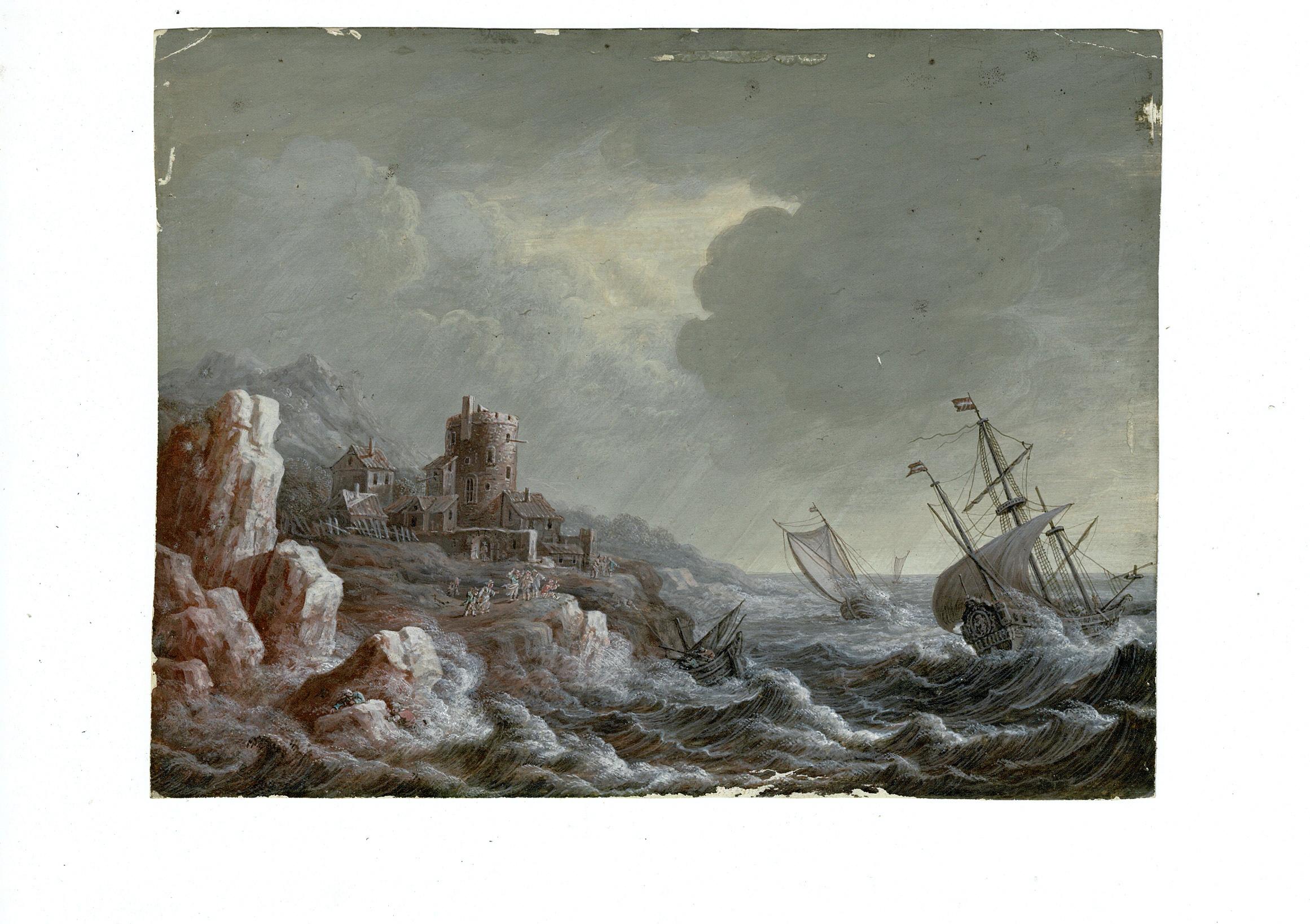Items Similar to Fornasetti Decoupage Playing Cards Ex- D.D. Ryan Estate
Want more images or videos?
Request additional images or videos from the seller
1 of 13
UnknownFornasetti Decoupage Playing Cards Ex- D.D. Ryan Estate Unknown
Unknown
About the Item
Abstract 'playing cards' watercolor attributed to Piero Fornasetti (1913-1988) DAMA
Ex- estate of D.D. Ryan (1928-2007)
Manhattan socialite, fashion editor at Harper's Bazaar, associate of Halston and a regular on best-dressed lists
Art Sz: 22 1/2"H x 16 1/4"W
Frame Sz: 29 3/4"H x 23 1/2"W
- Creation Year:Unknown
- Dimensions:Height: 30 in (76.2 cm)Width: 24 in (60.96 cm)
- Medium:
- Period:
- Condition:
- Gallery Location:Bristol, CT
- Reference Number:
About the Seller
4.7
Vetted Seller
These experienced sellers undergo a comprehensive evaluation by our team of in-house experts.
Established in 2000
1stDibs seller since 2019
97 sales on 1stDibs
Typical response time: <1 hour
- ShippingRetrieving quote...Ships From: Bristol, CT
- Return PolicyThis item cannot be returned.
More From This SellerView All
- "Forbra w/ Gerald Hardy Up-Valentines 2nd Time Grand National '34 Watercolor"Located in Bristol, CTBROWN, Paul Inscribed (LR in pencil): Merry Christmas to Whit Love Dad '39 You'll never put him down by getting his knees in it. He puts in too big a leap but a safe one- and loses time Art Sz: 11 3/4"H x 17 3/4"W Frame Sz: 21"H x 26 1/2"W Provenance: The Estate of Paul Brown Long Island Forbra was a National Hunt racehorse best known for being the winner of the 1932 Grand National steeplechase when relatively unconsidered at 50/1. Prior to his victory in 1932, Forbra beat Golden Miller in a race where 'The Miller' was disqualified for carrying the wrong weight. The gelding had originally been aimed at another race at the meeting, but was switched to the National after winning a race at Taunton Racecourse. He started at odds of 50/1 in a field of thirty-six runners and won by three lengths from Egremont. Forbra subsequently finished sixth in the race in 1933 and fourth in 1934 and never fell during his racing career. He was put down in 1935 after a race at Newbury, having broken a fetlock between the final two fences. Forbra's owner, Mr William (Billie) Parsonage, was a well-known commission agent based in Ludlow, Shropshire, and had previously attempted to win the National with a number of staying chasers. The best known of these was Master Billie, who had been greatly fancied and heavily backed in 1929. Forbra was the first Grand National winner to emerge from the famous Kinnersley stables near Worcester, where in later years Fred Rimell, son of Forbra's trainer Tom Rimell, became a champion trainer, winning more Nationals and almost all the major NH events of his time. Forbra is honoured each year with the Forbra Gold Challenge Cup, a Handicap Chase over three miles...Category
20th Century Drawings and Watercolor Paintings
MaterialsWatercolor, Gouache
- Deauville PoloLocated in Bristol, CTArt Sz: 16"H x 21 3/4"W Frame Sz: 19 1/4"H x 25"W Classic Deauville, French polo etching with gouache highlights by Eugene Pechaubes (1890-1967) pencil...Category
20th Century Drawings and Watercolor Paintings
MaterialsEtching, Gouache
- "Christian Dior Paris No 34 Original Fashion Illustration w/ Fabric Swatch"By Christian DiorLocated in Bristol, CT12 1/8"H x 8 1/4"W w/ original silk print fashion swatchCategory
1970s Drawings and Watercolor Paintings
MaterialsGouache
- "International Field Meadow Brook Club 1939" Gouache; Hand-Colored AquatintLocated in Bristol, CTBROWN, Paul (AMERICAN 1893-1958) Artist's copy (LL) Signed (in pencil): Paul Brown (LR) w/ remarque horse head pencil sketch to Alice and Whit Love ... Art Sz: 17 1/2"H x 26"W Frame Sz: 25 3/4"H x 33 1/2"W Provenance: The Estate of Paul Brown Long Island w/ 16 vignette polo teams (bottom left to right): Wanders/ Ranelagh/ Cooperstown/ Meadow Brook Magpies/ Meadow Brook/ Great Neck/ Argentine/ Midwick/ Orange County/ Sands Point/ Hurricanes/ Santa Paula...Category
1930s Drawings and Watercolor Paintings
MaterialsGouache
- Lanvin of Paris c1920s Original Fashion Illustration in GouacheLocated in Bristol, CT9 1/2"H x 6 1/2"WCategory
1920s Drawings and Watercolor Paintings
MaterialsGouache
- "Polo Player c1914 Gouache & Watercolour by Godfrey Brennan"Located in Bristol, CTArt Sz: 15 1/8"H x 10 1/4"W Frame Sz: 16"H x 11"W Godfrey Herbert Brennan (1875-1948) was a British artist w/ Arthur Ackermann & Son Gallery label affixed to verso *craquelure co...Category
1910s Drawings and Watercolor Paintings
MaterialsWatercolor, Gouache
You May Also Like
- Untitled 12 - Abstract Gouache on PaperBy Dmitry SamyginLocated in Paris, FR"Untitled 12" is a gouache on paper by contemporary Russian artist Dmitry Samygin. Minimalist and geometric drawings.Category
21st Century and Contemporary Abstract Geometric Abstract Drawings and W...
MaterialsGouache
- RejuvenationBy Don AthayLocated in Salt Lake City, UT"Rejuvenation" by Don Athay, gouache, 10 1/2 X 14 1/2 inches "At this point in my life as an aspiring artist, I find myself composing paintings that reflect my feelings, when standi...Category
2010s Other Art Style Landscape Drawings and Watercolors
MaterialsGouache
- View of Ariccia, a preparatory drawing by Achille Bénouville (1815 - 1891)Located in PARIS, FRThis very modern drawing presents a view of Ariccia, a small town 25 kilometres south-east of Rome. The Palazzo Chigi (in which the film-maker Luchino Visconti would film a large part of The Leopard a century later) and the adjoining church are seen from the bottom of the ravine that surrounds the town. This drawing is a moving testimony to the attraction of the city for artists of the Romantic period, who established in Ariccia a vivid artists' colony. 1. Achille Bénouville...Category
1850s Romantic Landscape Drawings and Watercolors
MaterialsInk, Gouache, Pencil
- View of the Ovo Castle in the Moonlight, a 19th century Neapolitan gouacheLocated in PARIS, FRNeapolitan gouaches appeared in the eighteenth century when tourism in the Naples area was developing: the discoveries of Herculaneum and Pompeii made this city a mandatory stop on the Grand Tour, the journey made by wealthy Europeans to complete their education. Generally small in size for ease of transport and affordable in price, these gouaches were the ideal travel souvenir that these tourists of the early days were bringing back to capture the idyllic landscapes they had discovered during their journey and to share them with family and friends upon their return at home. The Bay of Naples and the eruptions of Vesuvius are the favourite themes of these views. Here we have a view of the Ovo Castle, which was rebuilt on the island of Partenope, in the middle of the Bay of Naples and about a hundred metres from the shore by the Normans in the 12th century on antique ruins...Category
Early 19th Century Romantic Landscape Drawings and Watercolors
MaterialsGouache, Paper
- The Abduction of the Sabine Women , a Renaissance drawing by Biagio PupiniLocated in PARIS, FRThis vigorous drawing has long been attributed to Polidoro da Caravaggio: The Abduction of the Sabine Women is one of the scenes that Polidoro depicted between 1525 and 1527 on the façade of the Milesi Palazzo in Rome. However, the proximity to another drawing inspired by this same façade, kept at the Ecole des Beaux-Arts, and to other drawings inspired by Polidoro kept at the Musée du Louvre, leads us to propose an attribution to Biagio Pupini, a Bolognese artist whose life remains barely known, despite the abundant number of drawings attributed to him. 1. Biagio Pupini, a Bolognese artist in the light of the Roman Renaissance The early life of Biagio Pupini, an important figure of the first half of the Cinquecento in Bologna - Vasari mentions him several times - is still poorly known. Neither his date of birth (probably around 1490-1495) nor his training are known. He is said to have been a pupil of Francesco Francia (1450 - 1517) and his name appears for the first time in 1511 in a contract with the painter Bagnacavallo (c. 1484 - 1542) for the frescoes of a church in Faenza. He then collaborated with Girolamo da Carpi, at San Michele in Bosco and at the villa of Belriguardo. He must have gone to Rome for the first time with Bagnacavallo between 1511 and 1519. There he discovered the art of Raphael, with whom he might have worked, and that of Polidoro da Caravaggio. This first visit, and those that followed, were the occasion for an intense study of ancient and modern art, as illustrated by his abundant graphic production. Polidoro da Caravaggio had a particular influence on the technique adopted by Pupini. Executed on coloured paper, his drawings generally combine pen, brown ink and wash with abundant highlights of white gouache, as in the drawing presented here. 2. The Abduction of the Sabine Women Our drawing is an adaptation of a fresco painted between 1525 and 1527 by Polidoro da Caravaggio on the façade of the Milesi Palace in Rome. These painted façades were very famous from the moment they were painted and inspired many artists during their stay in Rome. These frescoes are now very deteriorated and difficult to see, as the palace is in a rather narrow street. The episode of the abduction of the Sabine women (which appears in the centre of the photo above) is a historical theme that goes back to the origins of Rome and is recounted both by Titus Livius (Ab Urbe condita I,13), by Ovid (Fasti III, 199-228) and by Plutarch (II, Romulus 14-19). After killing his twin brother Romus, Romulus populates the city of Rome by opening it up to refugees and brigands and finds himself with an excess of men. Because of their reputation, none of the inhabitants of the neighbouring cities want to give them their daughters in marriage. The Romans then decide to invite their Sabine neighbours to a great feast during which they slaughter the Sabines and kidnap their daughters. The engraving made by Giovanni Battista Gallestruzzi (1618 - 1677) around 1656-1658 gives us a good understanding of the Polidoro fresco, allowing us to see how Biagio Pupini reworked the scene to extract this dynamic group. With a remarkable economy of means, Biagio Pupini takes over the left-hand side of the fresco and depicts in a very dense space two main groups, each consisting of a Roman and a Sabine, completed by a group of three soldiers in the background (which seems to differ quite significantly from Polidoro's composition). The balance of the drawing is based on a very strongly structured composition. The drawing is organised around a median vertical axis, which runs along both the elbow of the kidnapped Sabine on the left and the foot of her captor, and the two main diagonals, reinforced by four secondary diagonals. This diamond-shaped structure creates an extremely dynamic space, in which centripetal movements (the legs of the Sabine on the right, the arm of the soldier on the back at the top right) and centrifugal movements (the arm of the kidnapper on the left and the legs of the Sabine he is carrying away, the arm of the Sabine on the right) oppose each other, giving the drawing the appearance of a whirlpool around a central point of support situated slightly to the left of the navel of the kidnapper on the right. 3. Polidoro da Caravaggio, and the decorations of Roman palaces Polidoro da Caravaggio was a paradoxical artist who entered Raphael's (1483 - 1520) workshop at a very young age, when he oversaw the Lodges in the Vatican. Most of his Roman work, which was the peak of his career, has disappeared, as he specialised in facade painting, and yet these paintings, which are eminently visible in urban spaces, have influenced generations of artists who copied them abundantly during their visits to Rome. Polidoro Caldara was born in Caravaggio around 1495-1500 (the birthplace of Michelangelo Merisi, known as Caravaggio, who was born there in 1571), some forty kilometres east of Milan. According to Vasari, he arrived as a mason on the Vatican's construction site and joined Raphael's workshop around 1517 (at the age of eighteen according to Vasari). This integration would have allowed Polidoro to work not only on the frescoes of the Lodges, but also on some of the frescoes of the Chambers, as well as on the flat of Cardinal Bibiena in the Vatican. After Raphael's death in 1520, Polidoro worked first with Perin del Vaga before joining forces with Maturino of Florence (1490 - 1528), whom he had also known in Raphael's workshop. Together they specialised in the painting of palace façades. They were to produce some forty façades decorated with grisaille paintings imitating antique bas-reliefs. The Sack of Rome in 1527, during which his friend Maturino was killed, led Polidoro to flee first to Naples (where he had already stayed in 1523), then to Messina. It was while he was preparing his return to the peninsula that he was murdered by one of his assistants, Tonno Calabrese, in 1543. In his Vite, Vasari celebrated Polidoro as the greatest façade decorator of his time, noting that "there is no flat, palace, garden or villa in Rome that does not contain a work by Polidoro". Polidoro's facade decorations, most of which have disappeared as they were displayed in the open air, constitute the most important lost chapter of Roman art of the Cinquecento. The few surviving drawings of the painter can, however, give an idea of the original appearance of his murals and show that he was an artist of remarkable and highly original genius. 4. The façade of the Milesi Palace Giovanni Antonio Milesi, who commissioned this palace, located not far from the Tiber, north of Piazza Navona, was a native of the Bergamo area, like Polidoro, with whom he maintained close friendly ties. Executed in the last years before the Sack of Rome, around 1526-1527, the decoration of Palazzo Milesi is considered Polidoro's greatest decorative success. An engraving by Ernesto Maccari made at the end of the nineteenth century allows us to understand the general balance of this façade, which was still well preserved at the time. The frescoes were not entirely monochrome, but alternated elements in chiaroscuro simulating marble bas-reliefs and those in ochre simulating bronze and gold vases...Category
16th Century Old Masters Figurative Drawings and Watercolors
MaterialsInk, Gouache, Pen
- Dutch School, Marine, Coastal Scene with Ships in StormLocated in Greven, DEMarine Dutch School, 18th Century Coastal Scene with ships in a storm Gouache on prepared paperCategory
18th Century Baroque Landscape Drawings and Watercolors
MaterialsGouache
